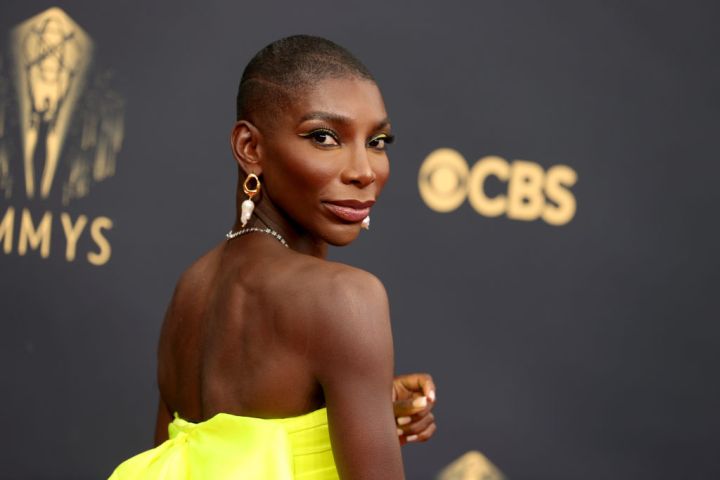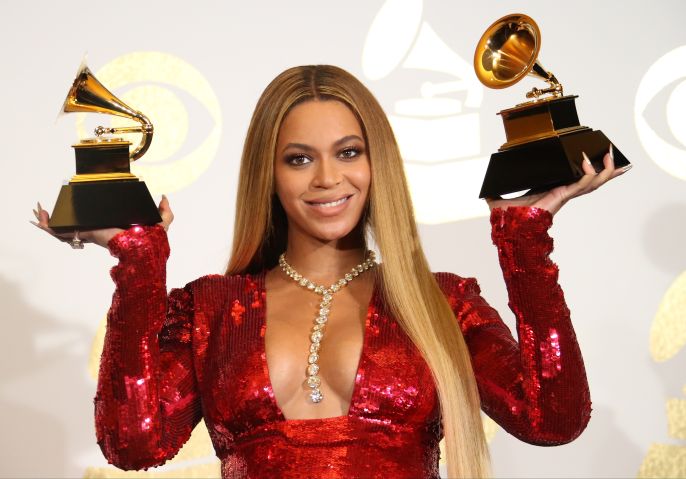An excerpt from the NY Times -
1,000 New People Arrive in Texas Every Day. Half Are Newborns.
A surge in births in Texas comes amid a declining birthrate nationwide.
By Edgar Sandoval
 |
| All across Texas, the cry of newborn babies has become a common sound at hospital maternity wards. Credit...Matthew Busch for The New York Times |
SAN ANTONIO — Every three minutes, a child is born somewhere in Texas.
At one hospital in North Texas, 107 babies were delivered over 96 hours this summer, shattering local records. At a hospital in San Antonio, more than 1,200 babies have been born this year, up nearly 30 percent since 2018.
Across one of the nation’s fastest-growing states, an average 1,000 new Texans arrive every day. Half of them are newborns.
“Our population is going up. So just with that, I would expect our birthrates to increase,” said Shad Deering, a department chair with the Children’s Hospital of San Antonio. “We will become very busy.”
We spent a day last month with Dr. Deering and his staff and witnessed the arrival of several new residents to the Lone Star State.
~~~~~~~~~~
Between 2010 and 2020, the state’s population grew by four million — or the entire population of neighboring Oklahoma. Babies made up the largest number of new arrivals to Texas (about 48 percent), with migrants from other states (31 percent) and countries (21 percent) rounding out the rest.
And hospitals are trying to keep up.
“It has not slowed down,” said Michelle Stemley, vice president of patient care at Baylor Scott & White All Saints Medical Center in Fort Worth, which broke its four-day delivery record this summer.
The surge in births comes amid a declining birthrate nationwide. Couples have waited longer to have children, a trend that continued during the coronavirus pandemic and an uncertain economy, Mr. Potter said.
But a spike in sales of pregnancy tests — a 13 percent increase since June of last year — may signal that a so-called millennial baby boom may be on the horizon, according to Nielsen’s data and Bank of America’s research.
Many longtime Texans are contributing to the uptick in tiny new residents.
https://www.nytimes.com/2021/12/26/us/texas-newborns-birthrate.html










